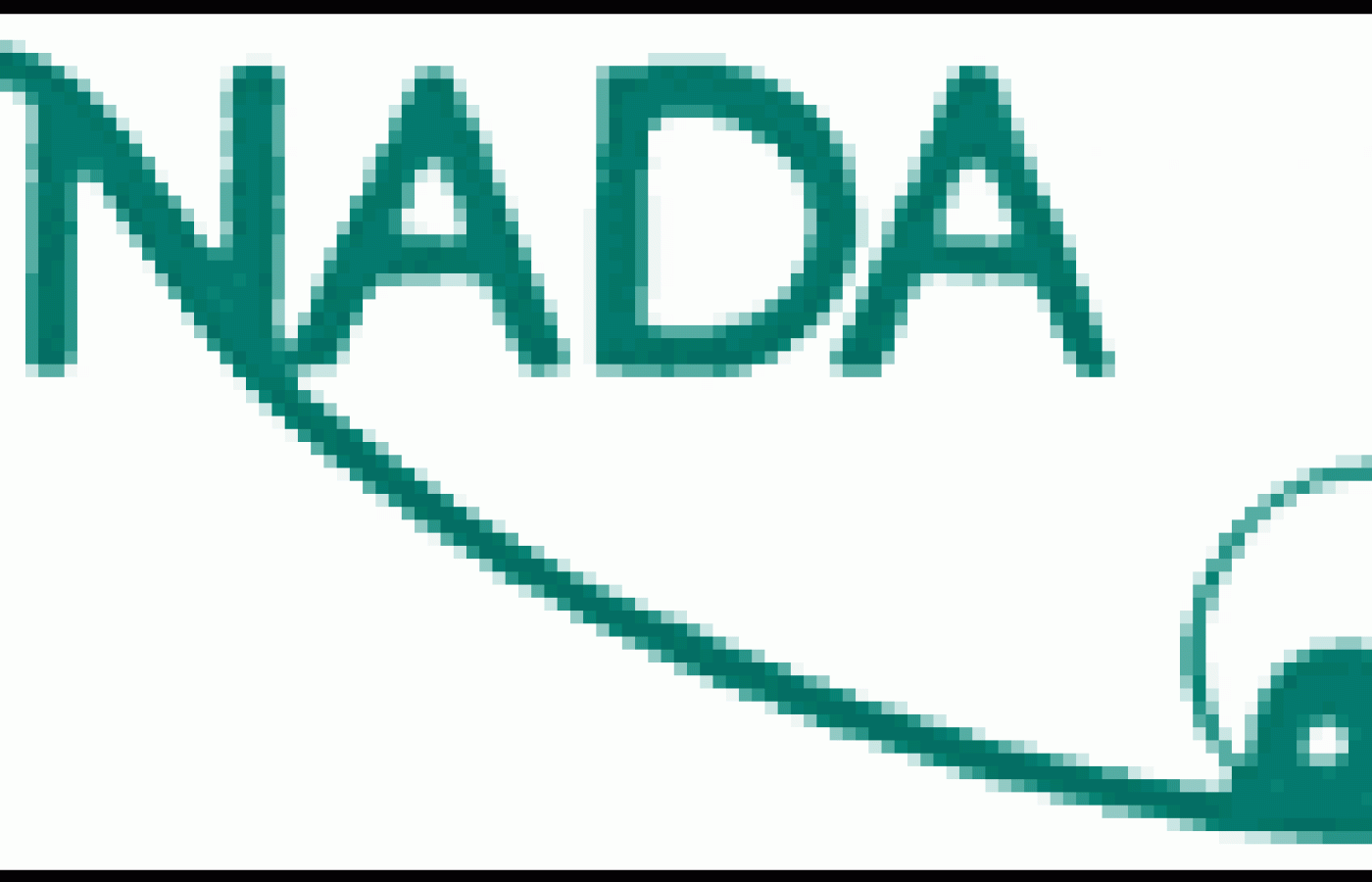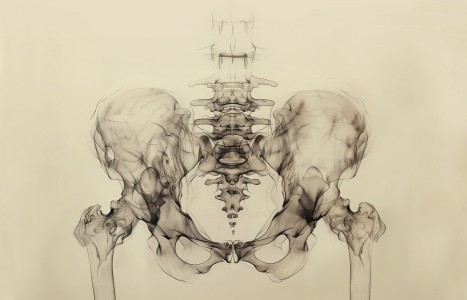People today want convenience, whether it be from their bank, credit card, favorite retail store, or restaurant. They demand it from the companies who hold their loyalty, including their health care providers (you). They don’t want to call and possibly be put on hold, and they want to use an app or schedule an appointment on your website. Here are three reasons your practice can gain by switching to online appointment scheduling.
NADA: Celebrating 20 Years
The National Acupuncture Detoxification Association (NADA) recently celebrated 20 years of applying the principles of Oriental medicine to the Western treatment of addiction. NADA has trained more than 10,000 acupuncture detoxification specialists (ADSes) in North America. An estimated 1,500 facilities around the world use the NADA-style of acupuncture detoxification ("acu detox") in their programs. NADA has 1,150 currently active members.
NADA held its 20th anniversary annual conference in New York City, the birthplace of acupuncture detoxification, this past April, with over 300 attendees from many disciplines. As is typical of NADA gatherings, the speakers were inspiring.

Among the many international voices present, Marilu Gonzales-Posada, of Mundo Libre in Lima, Peru, lit a candle while sharing the plight and recovery of street children. Dr. Akpufuoma Pemu of Nigeria moved the crowd with the excitement he and his medical colleagues felt at learning to use acu detox to assist their clients. Historic New York state programs offered the perspective of more than two decades of experience. Clients from the Lincoln Recovery Center participated in a demonstration of a men's treatment group session. Successful programs shared results of using NADA treatments with homeless persons, public housing residents, adolescents, AIDS outreach programs, and clients with co-occurring mental health diagnoses.
In the face of the epidemic use of methamphetamine, Chuck Sve, LAc from Portland, Ore. offered hope for using acu detox in treating methamphetamine addicts. In a panel focused on prison-based treatment, Margaret Pinnington reported that over 90 percent of prisons in the U.K. use acu detox. Michael O. Smith, MD, Dipl. Ac., closed the conference with a rousing talk on NADA and social activism. Dr. Smith also offered a simple explication of the "spirit" of NADA: "Help people help themselves. Create a zone of peace. Keep it simple."
St. John's Riverside Hospital: A Model Acu Detox-Based Program
The week prior to the April conference, St. John's Riverside Hospital in Yonkers hosted a benefit for training. The staff and clients welcomed the NADA trainees graciously; Helio Medical Supplies donated needles and supplies for the training.
"As acupuncturists, we talk a lot about integrative medicine. I was amazed to see how St. John's had integrated acu detox into so many parts of their program," reported NADA President Carol Taub, LAc. The hospital's counseling and nursing staff performs daily NADA ear treatments in four different units.
In accordance with New York state regulations, Shellie Goldstein, LAc supervises the acu detox programs, offering clinical and programmatic oversight and guidance through weekly visits. "The staff were so competent and clear about their limited but important role, and the administrator supportive because he understands what acu detox does for the clients," noted Taub. She compared this program to her own experiences in Los Angeles, where she travels from site to site, but is only able to provide acupuncture twice a week because of her other commitments and her professional fees. "I was envious when I saw at St. John's such a cooperative and collaborative relationship where many staff members could provide daily treatments, and additional treatments as needed, and the acupuncturist could supervise." Goldstein added that St. John's also offers full-body acupuncture sessions once a week through the Pacific College of Oriental Medicine's on-site student clinic.
The History of NADA
Founded in 1985, NADA represents perhaps the oldest example of integrated Oriental and Western medicine in the United States. The founders, primarily addiction treatment professionals, wanted to extend beyond Lincoln Hospital in the South Bronx, where Michael Smith and others had already been performing and teaching acu detox for 10 years.
"In its first year, NADA focused on common service projects," recounted Smith. The organization started out by sponsoring two trainings on native American reservations. NADA's membership continues to reflect the professional and ethnic diversity and public health orientation of its founders.
NADA provides training to health care professionals along with education and consultations about program implementation. NADA maintains a literature clearinghouse of articles and multimedia resources. The "NADA protocol" involves the incorporation of a simple, standardized ear acupuncture combination provided within the context of Western behavioral health settings that use psychosocial and medical models of addiction treatment and mutual peer support systems, such as Alcoholics Anonymous and Narcotics Anonymous.
Originally started in the South Bronx with an opiate-dependent population, acu detox spread as agencies began to apply the same principles to other treatment settings and other forms of addiction, including alcohol, cocaine, marijuana, prescription drugs, and poly-substance abuse. The NADA style of treatment has proven especially beneficial in treating populations with additional challenges. Acu detox has thrived with "difficult to treat" addicted populations such as those with co-occurring mental disorders, HIV infection, pregnancy, homelessness, and criminal justice involvement. The original "drug court" in Miami's Dade County attributed much of the success of its model to the use of acu detox in the treatment arm. Many jails and prisons in the U.S. have found acu detox helpful in supporting addicted inmates and decreasing violence.
The federal government's addiction treatment branch, the Centers for Substance Abuse Treatment (CSAT), plans to publish a guide to integrating acu detox into addiction treatment centers. This guide, expected to be published in the coming year, will be sent to every licensed addiction treatment program in the U.S. and will be available free upon request.
Why Train Non-Acupuncture Professionals?
Addiction is a complex and difficult disease to treat. Cross-training the addiction treatment experts to add acu detox to their work improves program outcomes and the relationships within the treatment setting. The role of clinicians within a program often relies heavily on verbal interventions. Acu detox allows the client and clinician to interact in a nonverbal way.
Using existing staff dramatically increases the availability to services within programs and increases the number of programs that can utilize this intervention, including those in inner-city and rural areas, where licensed acupuncturists may be less available. Certified ADSes work under supervision in the states that have specific exemptions allowing that limited practice.
How NADA Work Differs From the Regular Practice of Acupuncture
NADA advocates acu detox as an integrated function of addiction treatment, not a stand-alone intervention. Acu detox is blended with other modalities such as individual and group counseling, education, and (when appropriate for the clients) medication protocols. The NADA protocol entails frequent, group treatment using the standardized five ear point combination: Sympathetic, Shen Men, Kidney, Liver, and Lung. The emphasis rests on a nonverbal and non-fussy intervention, without a complicated diagnosis or differential treatment.
Clients in addiction treatment undergo an elaborate medical and psychosocial evaluation, and are there primarily to focus on addiction. By NADA's thinking, addiction at the root is a condition of yin deficiency, "empty fire," regardless of the other presenting signs and symptoms. Until the "empty fire" is addressed, no other treatments can take hold. Frequent, simple, repeated treatments begin to build some stability and support. Addicted clients respond well to group treatment and to consistent, non-variable interventions to counter the isolation and "terminal uniqueness" they feel.
Congratulations to NADA for 20 years of bringing Oriental medicine principles and practices into the public health arena.



